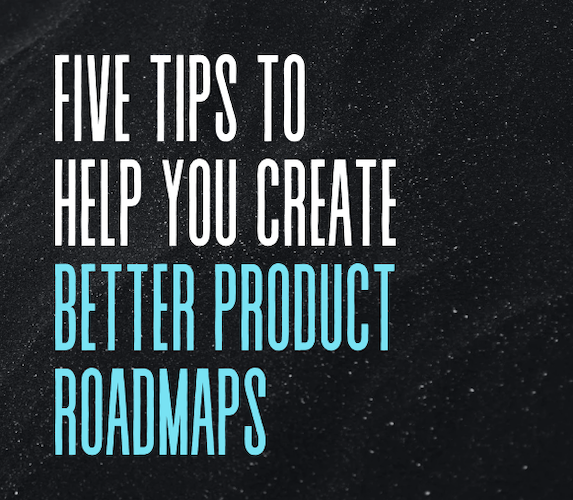Five Tips To Help You Create Better Product Roadmaps
29 January, 2023 · 4 minutes read
product

Any product manager wants to create a product roadmap that her colleagues will marvel at. This is a difficult task. One of the reasons for it is the following: product management is a difficult discipline that encompasses many facets of a product’s life. Being amazing at all of these facets is an impossible task. However, these tips can help you create better roadmaps and create amazing products for your customers.
Here are the five tips that could help you create better product roadmaps:
- Your product roadmap is a guide for making decisions and resource allocation.
- Schedule checkpoints to assess the progress of your product development efforts.
- Develop a visual roadmap presentation and share it with stakeholders.
- Organize roadmap workshops with representatives from all teams involved.
- Develop a scoring system that considers customer needs, market demands, and business impact to prioritize features.
Tip 1:
Your product roadmap is a guide for making decisions and resource allocation
The product roadmap is an essential strategic document that outlines the vision, direction, and progress of a product over time. It serves as a guide for making decisions and allocating resources within a business. The roadmap guides organizations decision-making process. For instance, if the prototype testing reveals that the product isn't as efficient as expected, the company might decide to allocate more resources to research and development to improve the design.
Your roadmap should help you with resrouce allocation. Suppose the marketing team wants to launch an advertising campaign. The product roadmap shows that the product isn't scheduled for launch for another six months, so it doesn't make sense to start marketing now.
Tip 2:
Schedule checkpoints to assess the progress of your product development efforts.
Scheduling checkpoints to assess the progress of your product development efforts is a critical aspect of managing a successful project. It helps ensure that your product stays on track and any issues or challenges are identified and addressed promptly. At the start of the project, sets up regular checkpoints throughout the product development timeline. These could be weekly or monthly meetings. Use these checkpoints to evaluate progress, identify issues and blockers and make necessary adjustments to the development work.
Tip 3:
Develop a visual roadmap presentation and share it with stakeholders.
A visual roadmap is a graphical representation of the strategic plan of a project, product, or initiative. It provides a high-level view of the major milestones, goals, and timelines involved. It's an effective tool for communicating complex information in an easily digestible manner. Using the visual roadmap gives a chance for stakeholders to provide feedback and ask questions. Feedback from internal stakeholders like team members and executives, as well as external stakeholders like investors, partners, and even key customers can lead to valuable insights that may require adjustments to the roadmap.
Tip 4:
Organize roadmap workshops with representatives from all teams involved.
Organizing roadmap workshops with representatives from all teams involved is an excellent practice to align everyone's understanding, gather diverse perspectives, and create a comprehensive and effective roadmap. Roadmap workshops are interactive sessions where representatives from different teams come together to collaborate on the creation or updating of a product roadmap. During these workshops the team members can define or redefine objectives, milestones and timelines. This activity is also an excellent place to discuss roles and responsibilities and make sure that everyone on the team is aligned.
Tip 5:
Develop a scoring system that considers customer needs, market demands, and business impact to prioritize features.
Using a scoring system that considers customer needs, market demands, and business impact to prioritize features is a critical aspect of product management, often referred to as a weighted scoring model, can help teams objectively evaluate and prioritize features or initiatives. To do this effectively, you will need to first identify the key factors to consider in the scoring system. Next, you will assign weights to each factor based on its importance. Then you will score each potential feature against each factor and then calculate weighted score by multiplying each score by the weight and adding it all together. Finally, you will use this score to rank features based on their weighted scores.
There are also several product prioritization frameworks that you could use:
1. KANO
2. Story Mapping
3. Opportunity Scoring
4. Product Tree
5. Cost of Delay
6. Buy a Feature
There are also several product prioritization frameworks that you could use:
1. KANO
2. Story Mapping
3. Opportunity Scoring
4. Product Tree
5. Cost of Delay
6. Buy a Feature
